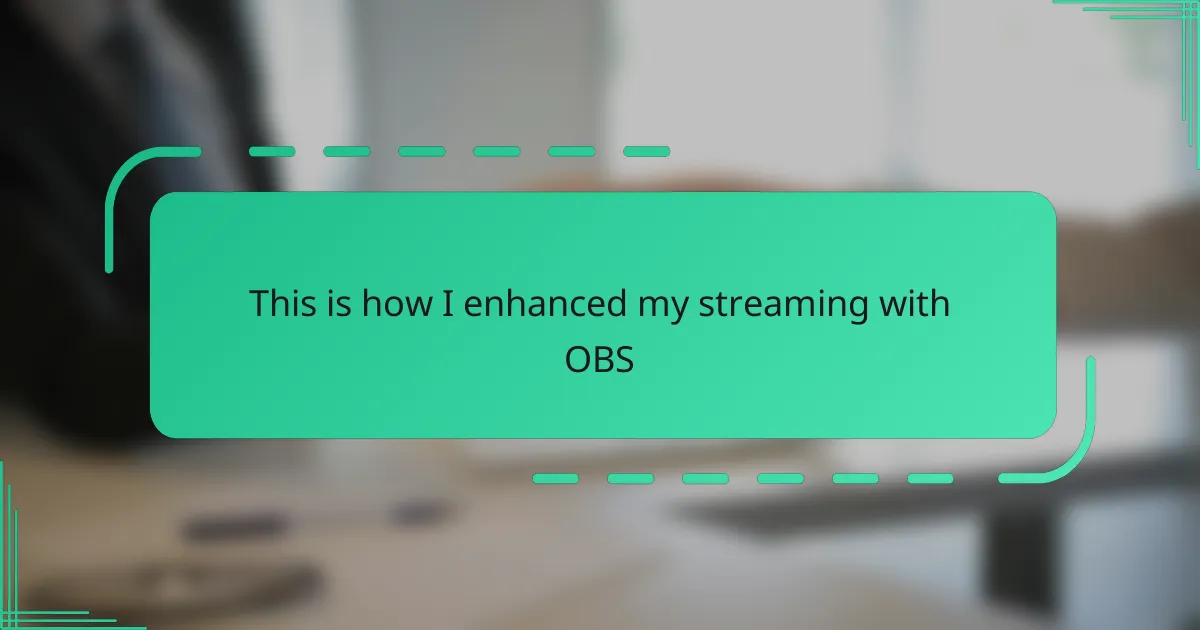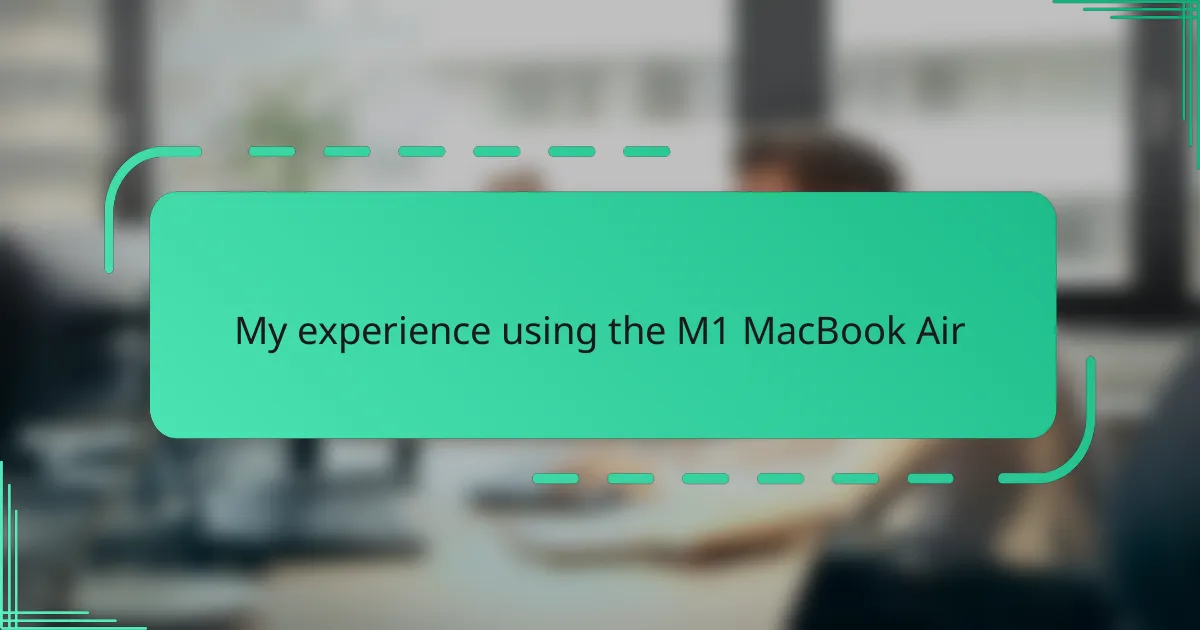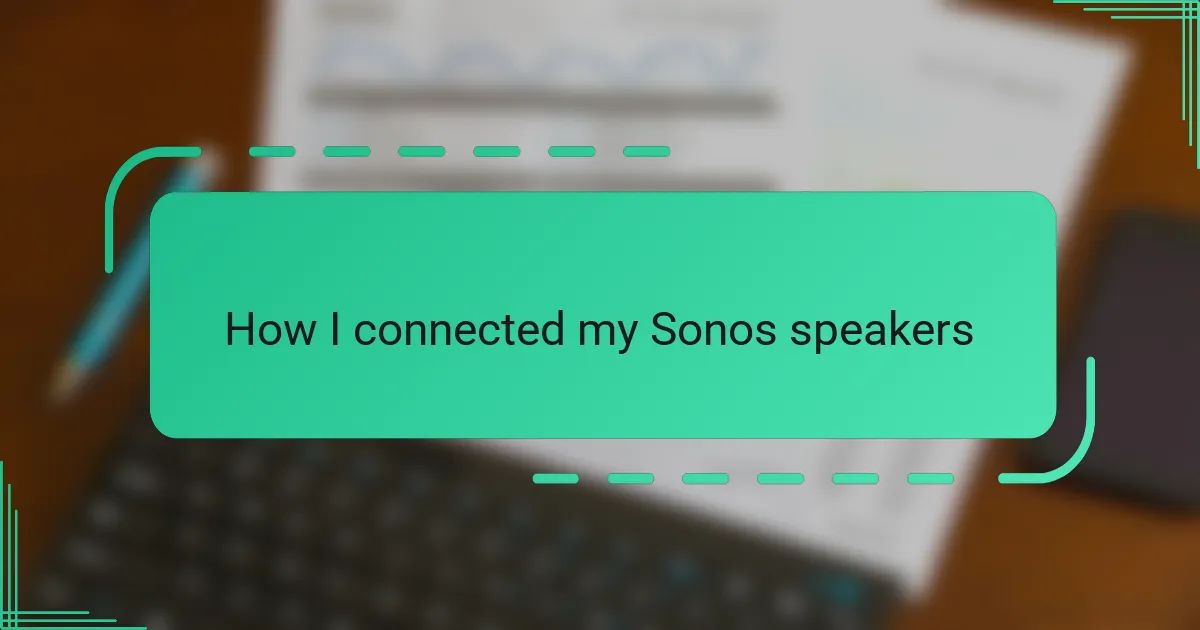Key takeaways
- Tile trackers utilize Bluetooth technology and community-powered tracking to help users locate lost items effectively.
- They feature a simple app interface for ease of use, including options to ring items and view their last known location.
- The setup process is straightforward, promoting user-friendly interaction and customization options for labeling Tiles.
- Challenges include limited Bluetooth range and dependency on the community network, especially in less populated areas.
![]()
What Are Tile Trackers
Tile trackers are small, Bluetooth-enabled devices designed to help you locate your belongings. I remember the first time I clipped one onto my keys—I was skeptical but hopeful, wondering if this little gadget could truly save me from frantic searches. Have you ever experienced that sudden panic when you realize your wallet or phone has vanished?
What fascinates me about Tile is how it uses community-powered tracking. When your lost item is out of Bluetooth range, other Tile users’ devices anonymously help pinpoint its location. This sense of shared technology really impressed me—it turns losing something into a collective effort.
In my experience, the simplicity of Tile trackers is a major advantage. They don’t require complicated setups, and the accompanying app feels intuitive. It almost feels like having a personal assistant that quietly watches over your essentials, which is comforting in today’s busy world.
![]()
How Tile Trackers Work
Tile trackers work through a simple yet clever use of Bluetooth technology. When you attach a Tile to an item, it continuously sends out a Bluetooth signal that your phone’s app can detect when nearby. I recall the relief I felt the first time my phone beeped as I approached my misplaced wallet—it was like the Tile was quietly guiding me home.
But what really impressed me is the way Tile leverages the broader community. If your lost item isn’t close enough for your phone to pick up, the app taps into a network of other Tile users. Their phones can detect your Tile’s signal and securely relay its location back to you, all without them even knowing. Isn’t it amazing how technology turns strangers into helpers without any extra effort on your part?
Of course, the actual process is seamless and almost invisible. The Tile app shows you a map with the last known location, and you can make your Tile ring if you’re near. For me, this simplicity means I spend less time worrying and more time living—because finding my things no longer feels like a frustrating scavenger hunt.
![]()
Key Features of Tile Trackers
One of the features that stood out to me instantly was the range—Tile trackers offer a decent Bluetooth radius, which means I often find my items without even moving from my spot. Have you ever lost something only to realize it was just around the corner? That’s exactly where Tile shines by letting you ring your lost item through the app.
Another key aspect is the user-friendly app interface. I remember fumbling with other tech tools in the past, but with Tile, the app is straightforward and responsive. It never took me long to pull up the map or activate the ring, making the whole recovery process smooth and almost effortless.
Then there’s the replaceable battery in most Tile models, which was a pleasant surprise. I hated feeling locked into devices with non-replaceable power sources, but knowing I can swap the battery myself means I can keep relying on the tracker without extra cost or waste. Isn’t that both practical and environmentally thoughtful?
![]()
Setting Up Tile Trackers
Setting up my Tile tracker was surprisingly straightforward, which instantly eased any tech-related anxiety I had. The app guided me step-by-step, from activating the Tile to syncing it with my phone, and I found myself appreciating how little fuss there was. Have you ever had an experience where technology just works without making you jump through hoops? That’s exactly how this setup felt.
What struck me was how quickly my Tile connected and started working, almost like it was eager to prove its worth. I remember wondering if I’d need to tweak any settings later, but the default setup was spot on for my everyday needs. It’s refreshing when a device doesn’t require hours of tinkering before it just does its job.
Another thing I noticed during setup was the option to label each Tile for different items—it made organizing them intuitive and personal. I gave my keys’ Tile a funny name, which made me smile every time I checked the app. Small touches like this may seem trivial, but they really enhance the user experience by adding a bit of personality to tech.
![]()
Using Tile Trackers Daily
Using Tile trackers daily quickly became part of my routine, almost like a safety net I didn’t know I needed. I found myself instinctively reaching for the app whenever I misplaced something—even if it was just a book I’d set down a minute ago. Have you ever caught yourself double-checking places just because you worried you might lose something? That’s exactly where Tile stepped in for me, turning those moments of panic into quick, simple recoveries.
One thing I really appreciate about using Tile every day is the subtle peace of mind it provides. It’s not just about finding lost items—though that’s a huge bonus—it’s the feeling that my essentials are never truly out of reach. I remember a day when I left my backpack in a café, and instead of stressing, I calmly tracked it down while sipping my coffee nearby. Doesn’t having that kind of control over your belongings change how you move through your day?
Of course, integrating Tile into daily life also means you start noticing little habits forming. I catch myself checking the app before heading out, just to make sure everything’s accounted for. It’s almost like a quick mental checklist powered by technology. Did I carry this thought with me as a comfort or a mild obsession? Maybe a bit of both—but I’d argue that when technology makes life easier, a little habit-forming isn’t such a bad thing.
![]()
Challenges Faced with Tile Trackers
I quickly learned that Tile trackers aren’t without their quirks. One challenge that stood out was the limited Bluetooth range—there were moments when my Tile showed as “nearby” but I just couldn’t pinpoint the item. Have you ever felt that frustrating mix of hope and confusion when technology tells you something is close, yet you can’t find it? That tension made me realize the importance of physical distance in relying on Bluetooth.
Another issue I faced was the occasional reliance on the Tile community network. While it’s brilliant in theory, I found that in less populated areas or places with fewer Tile users, the chances of locating a lost item dropped significantly. It made me wonder how much technology still depends on more people being connected for it to truly work—something to consider if you’re often in quiet or remote spots.
Battery life also caught me off guard a couple of times. Despite replaceable batteries, I didn’t always remember to swap them out, and suddenly my tracker went silent when I needed it most. Have you ever underestimated how quickly a small gadget can lose power just when you’re counting on it? That experience taught me to be more mindful, but it also highlighted a small inconvenience in what’s otherwise a handy tool.


